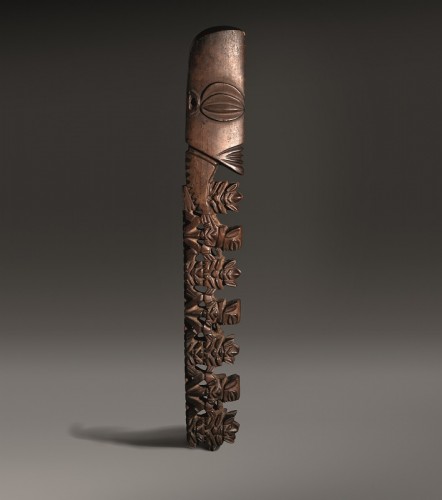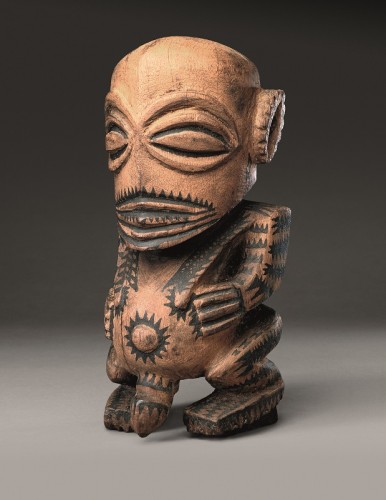ANCIENT Polynesia, According to the Senior Curator, Pacific Art at the National Gallery of Australia, Michael Gunn, remains one of the great mysteries of human migration.
Groups of people sailing on double-hulled canoes eventually made their way out from the edges of the Western Pacific and found islands in the middle of the ocean, thousands of kilometres away.

Polynesian people reached Tonga and Samoa in Western Polynesia 3000 years ago bringing with them their atua–their gods–and their art traditions, part of their cultural knowledge developed over thousands of years.
During a later period of long-distance sailing around 1200 years ago, the navigators found the islands we know today as the Cook Islands, the Society Islands including Tahiti, and the Marquesas Islands. From the Marquesas, in the 14th century, they found found Hawaii to the north, Aotearoa New Zealand to the south, and Rapa Nui Easter Island to the east.

Now its new exhibition” Atua: sacred gods from Polynesia,” the NGA has negotiated loans from more than 30 museum collections around the world. The British Museum is lending unique Hawaiian god figures and the Kunstkamera in St Petersburg is lending their precious Easter Island bird man. The Vatican Ethnological Museum is lending their great god Tu from Mangareva. Museums in Zurich, Geneva, and Paris are all lending their prized Polynesian pieces.
The exhibition explores the relationship between atua and art, between spirits and sculpture, between gods and priests, between women and men. It looks at some of the most unique works of art in the Polynesian world and tries to make sense of an enduring mystery surrounding religious objects and their association with belief in gods.
Gunn says that in developing this exhibition the NGA has worked with Polynesian colleagues in Tahiti, the Cook Islands and Hawaii, helping us to understand the Polynesian viewpoint on atua and on the many subtle aspects of the relationships between atua and art objects.
“Atua: Sacred gods from Polynesia,” at the National Gallery of Australia, daily until August 3.
The book “Atua: sacred gods from Polynesia” will be available at the NGA Shop for $39.95 and selected bookstores nationally for $49.95.

Who can be trusted?
In a world of spin and confusion, there’s never been a more important time to support independent journalism in Canberra.
If you trust our work online and want to enforce the power of independent voices, I invite you to make a small contribution.
Every dollar of support is invested back into our journalism to help keep citynews.com.au strong and free.
Thank you,
Ian Meikle, editor




Leave a Reply